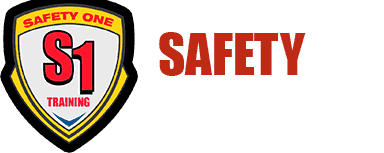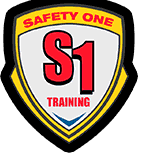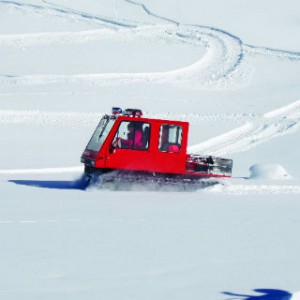06 Nov Snow Cat Preseason Inspection: The Final Four!
Pre-Season Safety Checklist – The Final Four!
Check all seat belts
Seatbelts should be long enough for every passenger. Be sure to check the seatbelt latches and make sure they work reliably. Look over each seatbelt for tears and other damage to the fabric. Replace seatbelts as necessary.
Check all door latches
Be sure all door latches close tightly and securely. Look for visible wear on the metal latching assembly. Check all doors to make sure that when moderate force is placed upon it, it does not pop open. If there is a separate dead bolt feature to the door latch be sure that it works properly. If any defects are found, correct them before using the snow vehicle.
Check all cargo to be sure they are securely tied down inside the cabin
Nothing should be loose inside the cabin that you would not want striking you in the back of the head at 20 mph. Many of my students underestimate the severity of injuries that can be caused in this type of low speed event. I am reminded of an accident where I arrived as a paramedic in 1977. A 40-year-old male wearing a seatbelt and driving a Pinto station wagon ran into a traffic control box at less than 20 mph. This accident would have resulted in very minor injuries at worst had it not been for his golf clubs stored in the rear. He was killed instantly when his sand wedge flew forward lodging itself firmly in the back of his skull. Track jacks, tool kits, cat batteries, etc. weigh a lot more than a sand wedge.
Check the exhaust system to make sure it is 100% reliable
First, check by shaking all exposed parts to see if any components are loose. Then carefully visually inspect the entire length of the system looking for evidence of cracks or crimps. Finally, put the snow cat outside and close all doors and windows. Run the snow cat for 30 minutes and then use a carbon monoxide detector in the cabin. Be sure to run the detector slowly and carefully throughout the cabin, paying special attention to any cracks, holes or seams near the floor or engine compartment.
In addition to these items, you should, of course, also consult and follow your owners’ manual.
Arthur Seely
Safety One Training International, Inc



No Comments